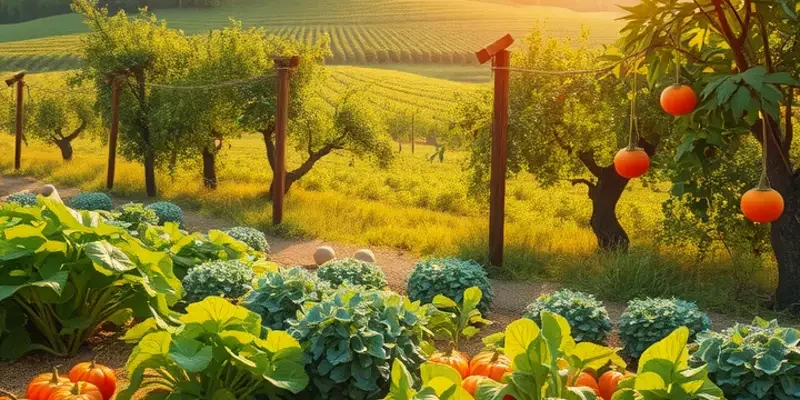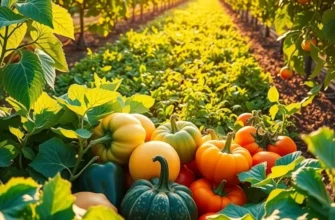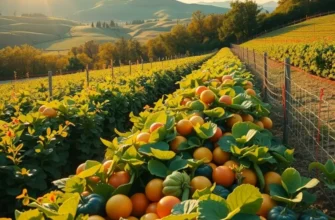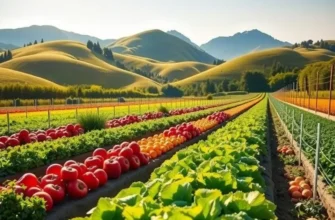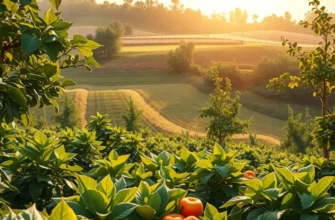Addressing the global water crisis requires action from all of us. One impactful way to contribute is through our diets. By making informed food choices, we can significantly lower our water footprint. This article explores practical dietary adjustments that not only preserve this precious resource but also promote health and wellness.
Understanding Water Footprint in Food Production
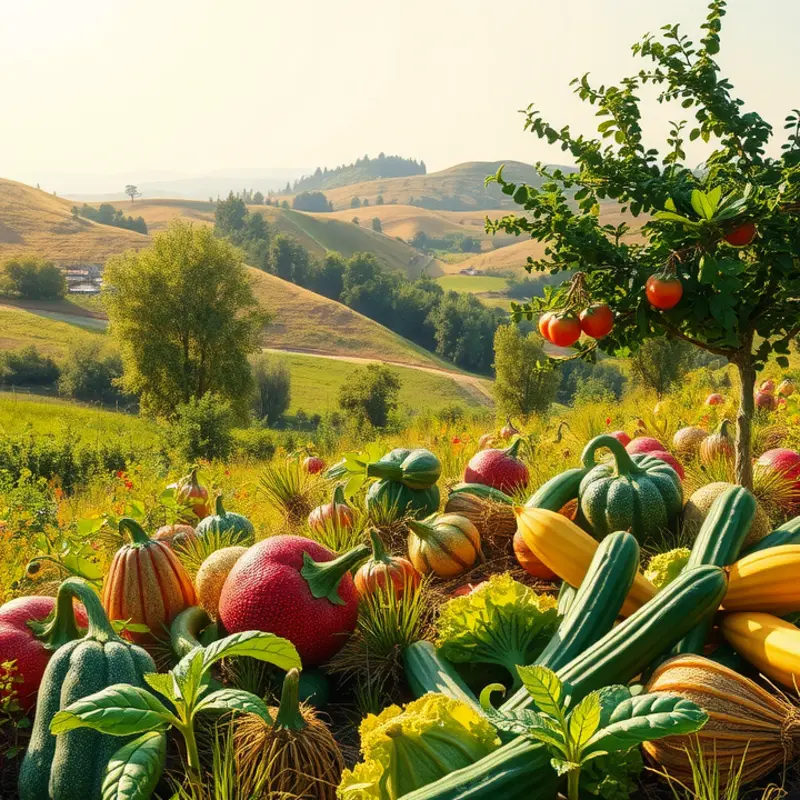
Water footprint is a term encompassing the total volume of freshwater used to produce goods and services consumed by any person, community, or entity. In food production, this concept illustrates the true water cost of what we eat, extending beyond direct consumption to the entire lifecycle of food products.
Agricultural water use consists of three main components: blue, green, and grey water. Blue water refers to the irrigation from freshwater sources like rivers or lakes; green water represents rainwater absorbed by plants; and grey water accounts for the volume required to dilute pollutants to maintain water quality. Understanding these categories helps illuminate the comprehensive water demand involved in producing our daily sustenance.
Different food types require varying amounts of water depending on their growth and production processes. Animal products typically demand more water than plant-based foods due to the resources needed for feed production. For instance, beef is particularly notorious for its high water footprint, requiring around 15,000 liters of water per kilogram. This stems from growing feed crops and maintaining livestock over long periods.
Conversely, plant-based foods such as vegetables, grains, and legumes generally have a smaller water footprint. Producing a kilogram of wheat, for instance, demands approximately 1,500 liters of water, showcasing a significant difference from animal-derived sustenance. Pulses like lentils and beans exemplify an even more water-efficient choice, often requiring even less irrigation.
The implications of these distinctions are vast. Water-scarcity is a critical issue in many regions globally, prompting the need for sustainable consumption. By understanding water footprints in food production, consumers can make more informed choices that align with resource conservation goals.
Why does it matter how much water our food uses? Firstly, conserving water resources is crucial for protecting habitats and ensuring community access in drought-prone areas. Furthermore, optimizing water use within agriculture can reduce overall environmental impact, promoting a healthier and more balanced ecosystem.
Adopting diets with lower water footprints, such as plant-based diets, not only aids environmental sustainability but also encourages agricultural practices that are economically viable in the long term. Shifting towards less meat-intensive diets can substantially mitigate water use, aligning personal choices with broader ecological preservation goals.
Conscious eating goes beyond calorie counting; it offers a pathway toward embracing sustainable habits that respect planetary limits. As we strive for ecological balance, understanding and reducing our food’s water footprint serves as a transformative step. For additional strategies on sustainable kitchen practices, consider exploring eco-smart kitchen storage techniques.
Final words
Reducing your water footprint through diet can have a profound impact on water conservation efforts globally. By making conscious food choices, such as opting for plant-based meals, prioritizing local produce, and minimizing waste, you play a vital role in safeguarding our water resources. Remember, every small change contributes to a bigger picture of sustainability. Together, we can create a better future for our planet, ensuring that we nourish our bodies and protect our water sources for generations to come.

